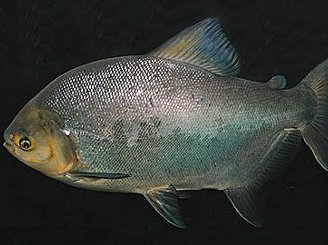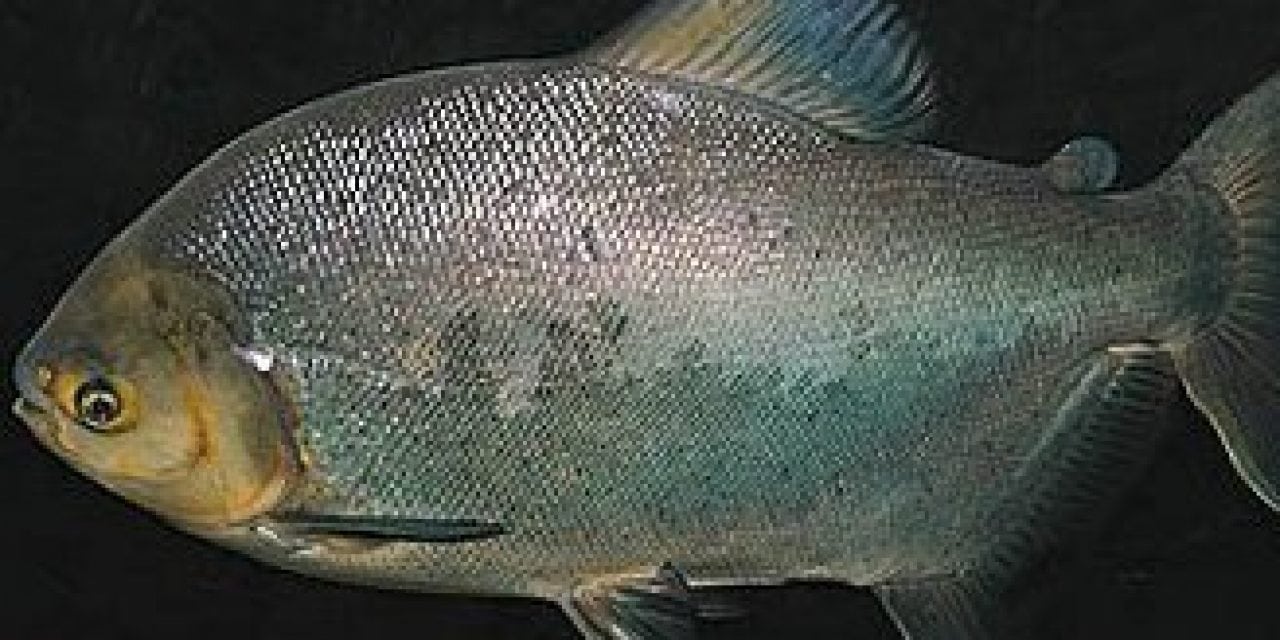
The large, South American tropical fish were probably illegally dumped in the Great Lakes by pet-owners who no longer wanted to keep them in aquariums. Three large vegetarian piranhas with human-like teeth have been discovered in Michigan, amid growing concern among wildlife officials over tropical and invasive fish infiltrating the Great Lakes region.
Over the past month, two red-bellied pacu piranhas have been caught in Lake St Clair and one other in the Port Huron area in Michigan. They were probably illegally dumped by people who didn’t want to keep them in their aquariums any longer.
The tropical fish, imported from South America for home aquariums, prefers not to tear apart carcasses like other piranhas. Instead, it has square, blunt teeth that look much like human dentures, which it uses to nibble upon nuts and seeds.
The fish, which can measure more than 30in, are warm water creatures and are unlikely to survive in the colder environment of Michigan. But wildlife officials are grappling with a growing threat of an invasion of the Great Lakes by introduced fish species.
“Pets released from confined, artificial environments are poorly equipped to fend off predators and may be unable to successfully forage for food or find shelter,” said Nick Popoff, a manager at the Michigan department of natural resources.
“Those that do succeed in the wild can spread exotic diseases to native animals. In the worst-case scenario, released animals can thrive and reproduce, upsetting natural ecosystems to the degree that these former pets become invasive species.”
Asian carp are considered the primary invasive species threat to the Great Lakes, which are a series of five large lakes that together make up the largest freshwater system in the world. Increasingly desperate measures are being taken to keep these newcomers out of the lakes – including the building of a “fish wall”.
Authorities have constructed a 7.5ft wall near Fort Wayne, Indiana, in a bid to halt the onward advance of the Asian carp. The 2-mile-long earth berm, which replaced a temporary chain-link fence, is designed to stop the carp from swimming through Indiana’s rivers into the Great Lakes ecosystem. Continue reading here – https://www.theguardian.com/us-news/2016/aug/16/piranhas-human-like-teeth-michigan-invasive-tropical-fish
The post Invasive Pacu In Michigan appeared first on .
















